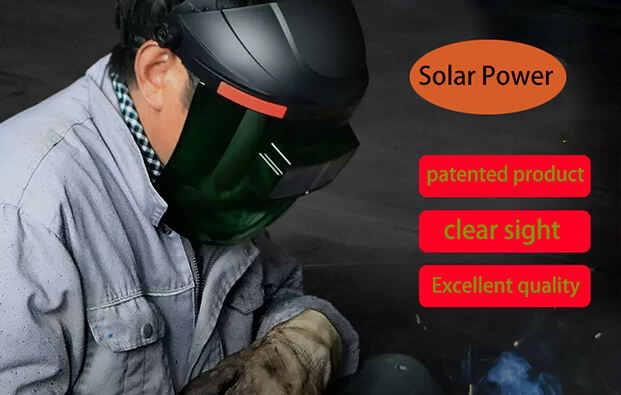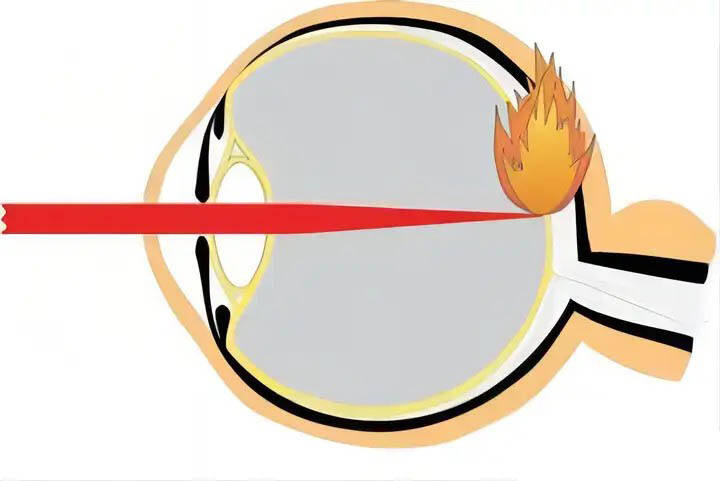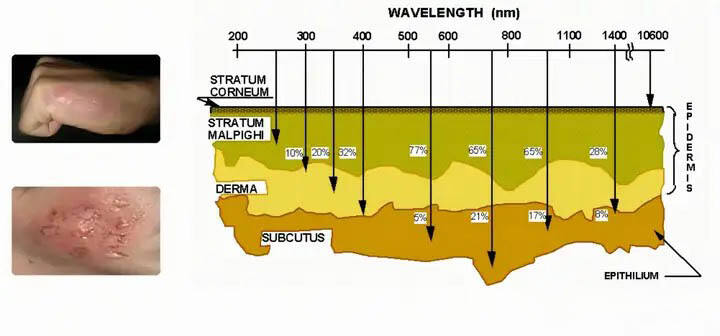Today's update focuses on laser safety and protection. With the widespread use of laser technology in cutting, welding, marking, and cladding, many traditional industries have adopted lasers. However, many engineers and skilled workers lack the neces...
Contact Us
Today's update focuses on laser safety and protection. With the widespread use of laser technology in cutting, welding, marking, and cladding, many traditional industries have adopted lasers. However, many engineers and skilled workers lack the necessary training and are exposed to laser radiation for prolonged periods, often unaware of the hazards. This ignorance can lead to irreversible occupational diseases.
Lasers themselves are not inherently dangerous, but safety can be ensured by taking appropriate protective measures. Therefore, we hope this popular science article will raise awareness among laser equipment integrators, laser product sellers, frontline production managers, and engineers about laser hazards and protection. Additionally, we aim to motivate companies to take social responsibility and ensure the safety of their employees.
Laser safety training is crucial for the safety and efficiency of laser welding. During the laser welding process, strong light, heat, and harmful gases are produced, posing health risks to operators. Through training, engineers and operators can learn how to properly use personal protective equipment, such as protective goggles and masks, and avoid direct or indirect contact with the laser beam. This effectively protects their eyes and skin.
The main hazards of lasers include the following:
1) Thermal effects: The laser beam generates heat that can cause burns to the skin and eyes.
2) Acoustic effects: Lasers produce mechanical shock waves similar to water waves, which can cause localised vapourisation and tissue damage.
3) Photochemical effects: Certain wavelengths of laser light can trigger chemical reactions in tissues that can lead to cataracts, corneal or retinal burns, and an increased risk of skin cancer.
The effects of lasers on the skin can range from mild redness and pain to severe third-degree burns, depending on the type of laser, pulse duration, number of repetitions, and wavelength.
Eye injuries are a primary concern. The effect of lasers on the eye depends on a number of factors, including pupil size, pigmentation, duration and repetition of the laser pulse, and wavelength. Different wavelengths of laser light penetrate the eye to different levels, causing damage to the cornea, lens or retina.

The high temperatures generated by lasers can instantly coagulate or vaporize proteins, causing damage to biological tissues. The eye is one of the most sensitive organs to laser exposure. Due to the focusing effect of the eyeball, the energy density on the retina can increase up to 105 times. As a result, even low doses of laser irradiation can cause severe retinal damage, leading to decreased vision or even blindness.
Different wavelengths of laser light cause damage to different parts of the eye because the eye's transparency varies with wavelength. Therefore, watching the laser welding process without protective eyewear can cause irreversible damage to the eyes.
Due to the focusing effect of the human eye, even weak external light entering the eye is focused, increasing its energy density and causing greater damage to the eye.
Infrared light emitted by lasers can cause significant damage to the human eye, burning the retina and leading to vision loss or even blindness. When the beam enters the pupil, it penetrates the lens and focuses on the retina, specifically on the macula, the most sensitive area of the retina. Damage to this area results in a permanent blind spot in the central field of vision.
Because infrared light is invisible, the eye cannot blink in response, allowing the laser to continue entering the pupil and causing greater harm than visible light. Therefore, it is essential to wear protective eyewear when operating laser equipment, and if possible, full-body protection is recommended.
When the room is dimly lit, the pupils dilate to allow more light in, enabling clearer observation of the surroundings. If laser radiation is present in such low-light environments, the amount of laser entering the eyes increases, leading to more severe eye damage. Therefore, workstations and protective rooms should be well-lit, and adequate lighting should be maintained in the facility to prevent greater eye injury.
The dangers of lasers on the skin:

Laser exposure to the skin can cause burns, rashes, blisters, pigmentation, and even complete destruction of subcutaneous tissue. Different wavelengths of laser light penetrate the skin to varying depths (as shown in the above diagram).
Generally, the longer the wavelength, the greater the penetration ability. At 400nm, the laser penetration depth does not exceed 1mm and can reach the dermis; at 514nm, the laser penetration depth is approximately 0.5mm to 2mm; at 630nm, the penetration depth is about 1mm to 6mm; and at 1070nm, infrared light can penetrate the epidermis and dermis, reaching the subcutaneous tissue.
How to properly protect yourself against lasers:
Laser protective eyewear is used to attenuate laser radiation and protect the eyes. The eyewear must meet the following specific requirements:
1) Compliance with National Standards: Laser protective eyewear must be approved and labeled according to national standards.
2) Applicable Scenarios: The eyewear must be suitable for the type of laser, wavelength, mode of operation (continuous vs. pulsed), and power setting.
3) Visible Marking: Laser protective eyewear should be clearly labeled to ensure the correct choice of eyewear for a particular laser.
4) Protective Capability: The frame and side portions of the eyewear should offer some protective capability.
Automatic Light-Changing Welding Masks
Welding Operations: From the perspective of welding operations, automatic light-changing welding masks provide welders with clear vision before welding, helping them to precisely locate the weld joints and avoid blind and bare welding. During operation, the mask changes light at 0.1 milliseconds at room temperature, making it easier for welders to control the formation of the weld seam, thus improving weld quality and productivity. When welding is complete, the filter automatically brightens, allowing welders to easily observe the weld joint and perform grinding operations without having to frequently lift or lower the face mask, simplifying work procedures and improving efficiency.
Safety and Health: From a safety and health standpoint, the automatic light-changing welding mask provides reliable eye and face protection. It prevents injuries such as thermal cracking of black glass and exposure to harmful light radiation. Additionally, it reduces eyestrain and physical fatigue caused by the frequent lifting and lowering of the mask.
The automatic variable light welding mask is not only a protective device but also an indispensable tool in welding operations. It significantly improves the quality and efficiency of welding and provides stronger safety protection for welders. It is an important result of modern scientific and technological development.
Laser Protective Clothing Selection
Gloves or Special Clothing: To reduce skin exposure, the selection of protective clothing should consider the following:
1)Provide Suitable Protective Clothing: As much as possible, provide suitable protective clothing for staff exposed to radiation exceeding the MPE (Maximum Permissible Exposure) value of the skin.
2)Material: Protective clothing should be made of suitable fire- and heat-resistant materials.
3)Coverage: Protective clothing should minimize skin exposure as much as possible.